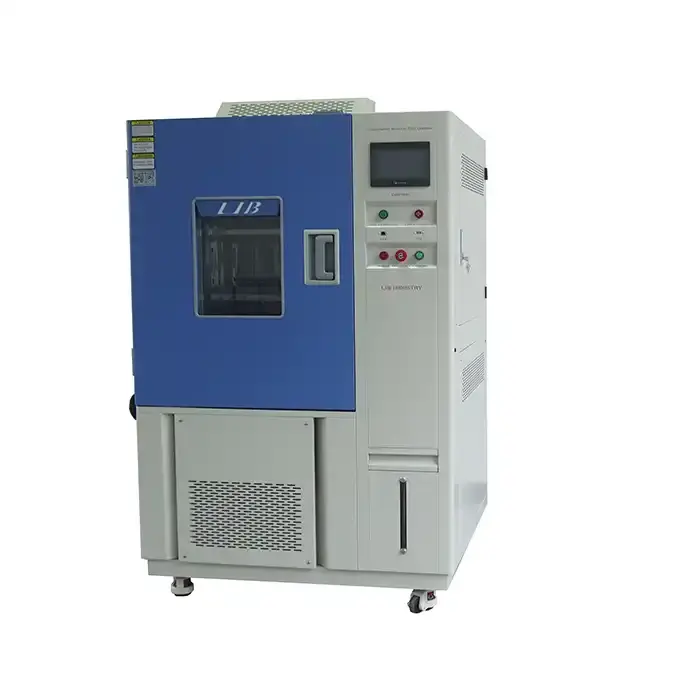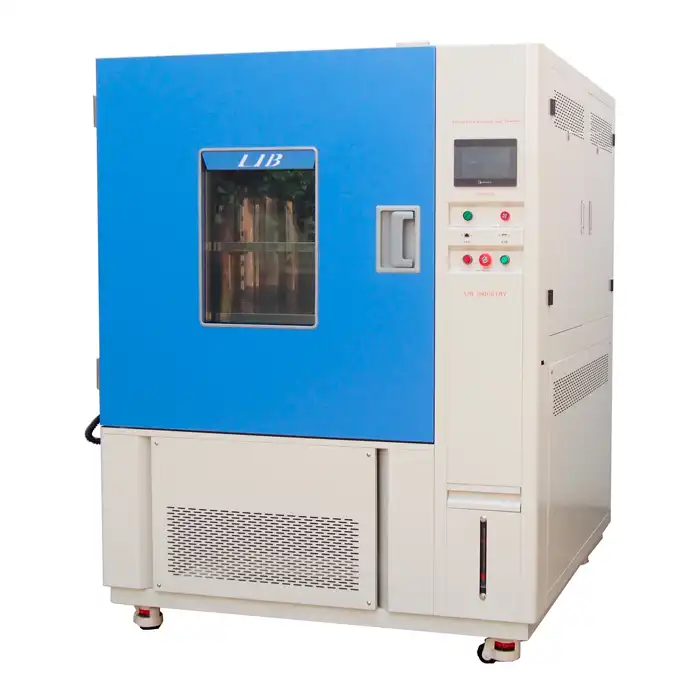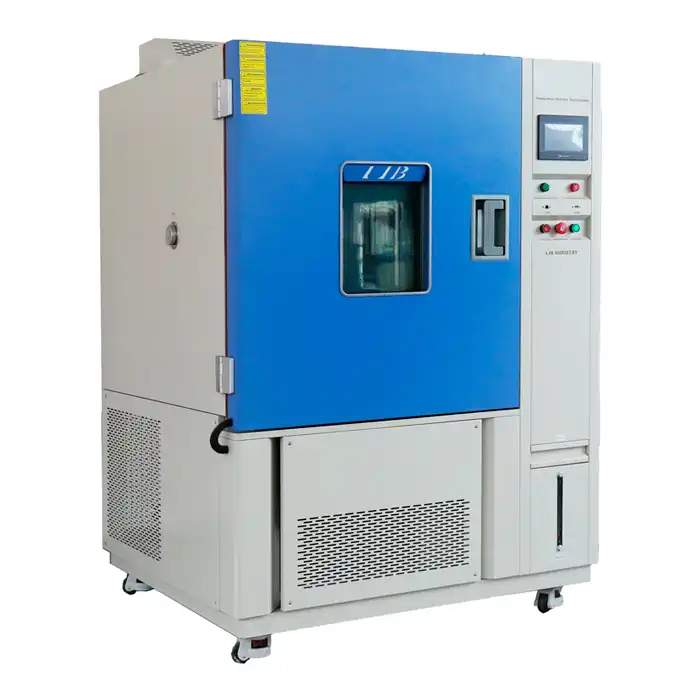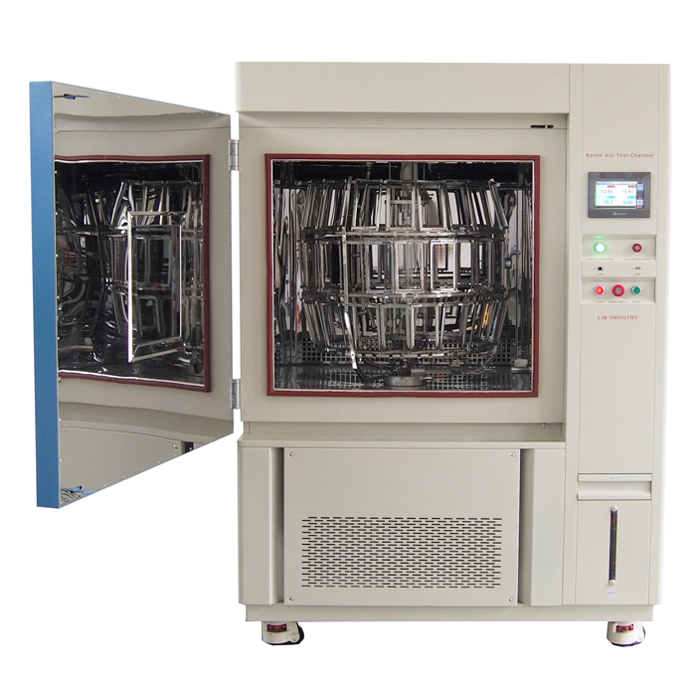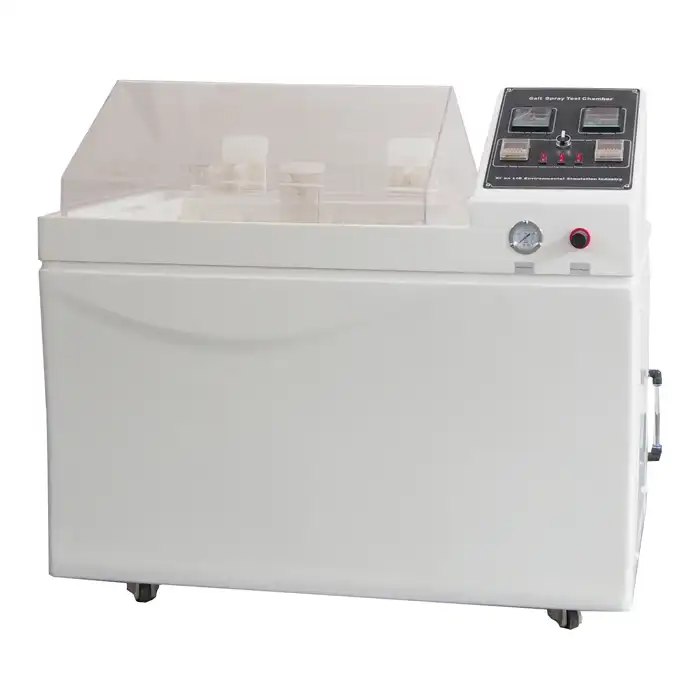Salt Spray Corrosion Test Chamber: Features and Benefits Explained
Corrosion testing is essential for industries that require durable materials and coatings capable of withstanding harsh environments. A salt spray corrosion test chamber is a powerful tool for assessing corrosion resistance, ensuring product reliability, and meeting international testing standards. This article explores the key features and benefits of these chambers, making it easier for manufacturers to select the right solution for their needs.
Exquisite Craftsmanship and Durable Materials
A well-designed salt spray corrosion test chamber combines elegance with functionality. The chamber features a high-transparency cover, allowing users to monitor test specimens without opening the unit, reducing exposure to external contaminants. The pneumatically operated cover ensures smooth, effortless access, improving user convenience.
Durability is another critical aspect. The chamber's structure is crafted from corrosion-resistant PVC plates, offering long-term reliability in high-humidity and salt-laden environments. A plastic steel V-shaped frame and stainless steel angular piping reinforce the chamber's stability, preventing warping or degradation over time. This superior craftsmanship ensures the chamber remains functional through extended testing cycles.
Comprehensive Safety Protections
Safety is a priority in corrosion testing, and salt spray corrosion test chambers integrate multiple protective mechanisms to ensure secure operation. Low water level alerts prevent the chamber from running dry, extending the system's lifespan. Over-temperature protection safeguards against excessive heat buildup, preventing damage to both the chamber and test samples.
Additionally, overload and short-circuit safeguards enhance electrical safety, minimizing risks during prolonged testing. These built-in protections allow operators to conduct continuous corrosion assessments with confidence, reducing the likelihood of unexpected interruptions.
Advanced Water Management System
Consistent water quality and control are crucial for maintaining accurate salt spray conditions. A dual water replenishment system - offering both automatic and manual refilling - ensures the chamber maintains optimal humidity and salt fog levels. This feature minimizes maintenance efforts while allowing users to manually adjust water levels when necessary.
The water refill bottle is discreetly integrated into the chamber's design, with a visible water level window for easy monitoring. This design enhances both aesthetics and functionality, eliminating the need for frequent inspections.
A self-cleaning drainage system prevents salt residue buildup, reducing the risk of blockages and ensuring long-term operational efficiency. These water management innovations contribute to consistent testing conditions, producing reliable and repeatable corrosion test results.
Customizable Testing Parameters
Different industries require tailored corrosion tests, making customization a critical feature of a high-quality salt spray corrosion test chamber. The chamber offers multifunctional test settings, allowing users to adjust key parameters based on specific testing standards.
- Test duration flexibility: Users can set test periods ranging from a few hours to several weeks, accommodating diverse industry requirements.
- Power outage memory feature: If an unexpected power failure occurs, the chamber resumes the test from the exact point it stopped, ensuring uninterrupted testing.
- Adjustable spray pressure: The system allows precise control over the salt fog density, replicating real-world conditions with high accuracy.
For example, automotive manufacturers conduct salt spray tests for 500 to 1,000+ hours to evaluate the corrosion resistance of vehicle components, while marine industries simulate extreme saltwater exposure to validate protective coatings. Additionally, industries following ASTM B117, ISO 9227, and JIS Z 2371 standards benefit from the chamber's ability to meet strict testing protocols.
Precision Temperature Control Technology
Accurate temperature control enhances the reliability of corrosion testing. Salt spray corrosion test chamber is equipped with a digital temperature display controller, utilizing PID (Proportional-Integral-Derivative) technology to maintain stable temperature conditions.
This system prevents sudden temperature fluctuations, ensuring that test specimens experience consistent environmental conditions. A uniform heating system minimizes condensation buildup, ensuring that corrosion occurs naturally rather than due to unintended moisture accumulation.
If you're looking for a high-performance salt spray corrosion test chamber designed for long-term reliability, LIB Industry offers state-of-the-art solutions tailored to your needs. Contact us today at ellen@lib-industry.com to learn more about our advanced environmental test chambers.
References
1. ASTM B117 - Standard Practice for Operating Salt Spray (Fog) Apparatus - American Society for Testing and Materials
2. ISO 9227 - Corrosion Tests in Artificial Atmospheres: Salt Spray Tests - International Organization for Standardization
3. JIS Z 2371 - Methods of Salt Spray Testing - Japanese Industrial Standards Committee
4. Corrosion Testing for Automotive and Aerospace Applications - National Association for Surface Finishing



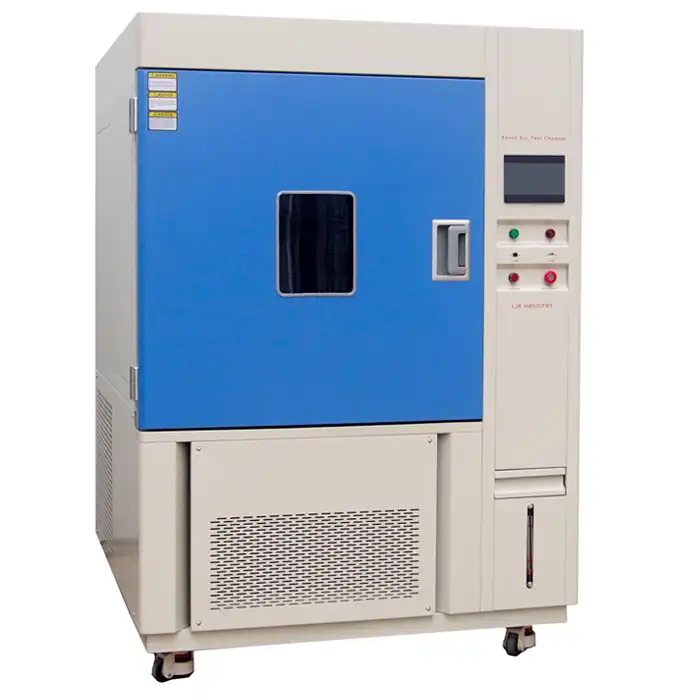
.jpg)

